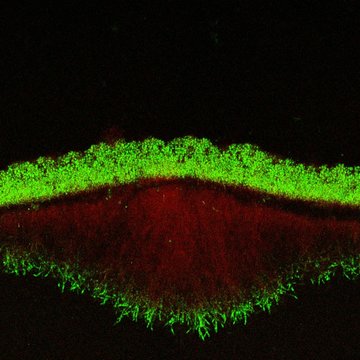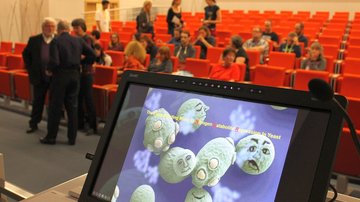O nás
Výzkum naší skupiny je zaměřen na studium vývoje a diferenciace kvasinkových kolonií a biofilmů. Projekt je řešen v těsné spolupráci s Laboratoří buněčné biologie Dr. Libuše Váchové (MBÚ, AV ČR).
Kvasinkové buňky rostoucí na pevném povrchu vytvářejí mnohobuněčné struktury, kolonie a biofilmy, s charakteristickou organizovanou morfologií. Kvasinkové buňky v průběhu vývoje kolonie diferencují a vytvářejí specificky lokalizované buněčné subpopulace se specializovanou rolí v rámci struktury kolonie. Kolonie kvasinek se tedy chovají jako jednoduché mnohobuněčné organizmy, jejichž buňky navzájem komunikují, synchronizují svůj vývoj a diferencují do primitivních „tkání“. Buněčná diferenciace často přispívá k dlouhověkosti populace celé kolonie. Současný výzkum probíhá v následujících hlavních směrech:
- Vývoj a diferenciace hladkých kolonií tvořených laboratorními a domestikovaným kmeny Saccharomyces cerevisiae
- Vývoj a diferenciace koloniových biofilmů tvořených přírodními kmeny Saccharomyces cerevisiae
V poslední době byl zahájen nový výzkumný směr zaměřený na identifikaci vybraných diferenciačních procesů v koloniích a biofilmech patogenních kvasinek a během jejich interakce s buňkami hostitele.
Více informací ZDE
Pomáháme v boji s pandemií COVID-19
V souvislosti s pandemií COVID-19 pracujeme v naší laboratoři na vývoji nové metody pro rychlou detekci přítomnosti viru SARS-CoV-2. V porovnání s metodami, které jsou v současné době v praxi používány, slibuje tato metoda rychlejší, citlivější a bezpečnější detekci přítomnosti viru v klinických vzorcích, je méně náročná na přístrojové vybavení a nevyžaduje složitou úpravu odebraného vzorku.




























